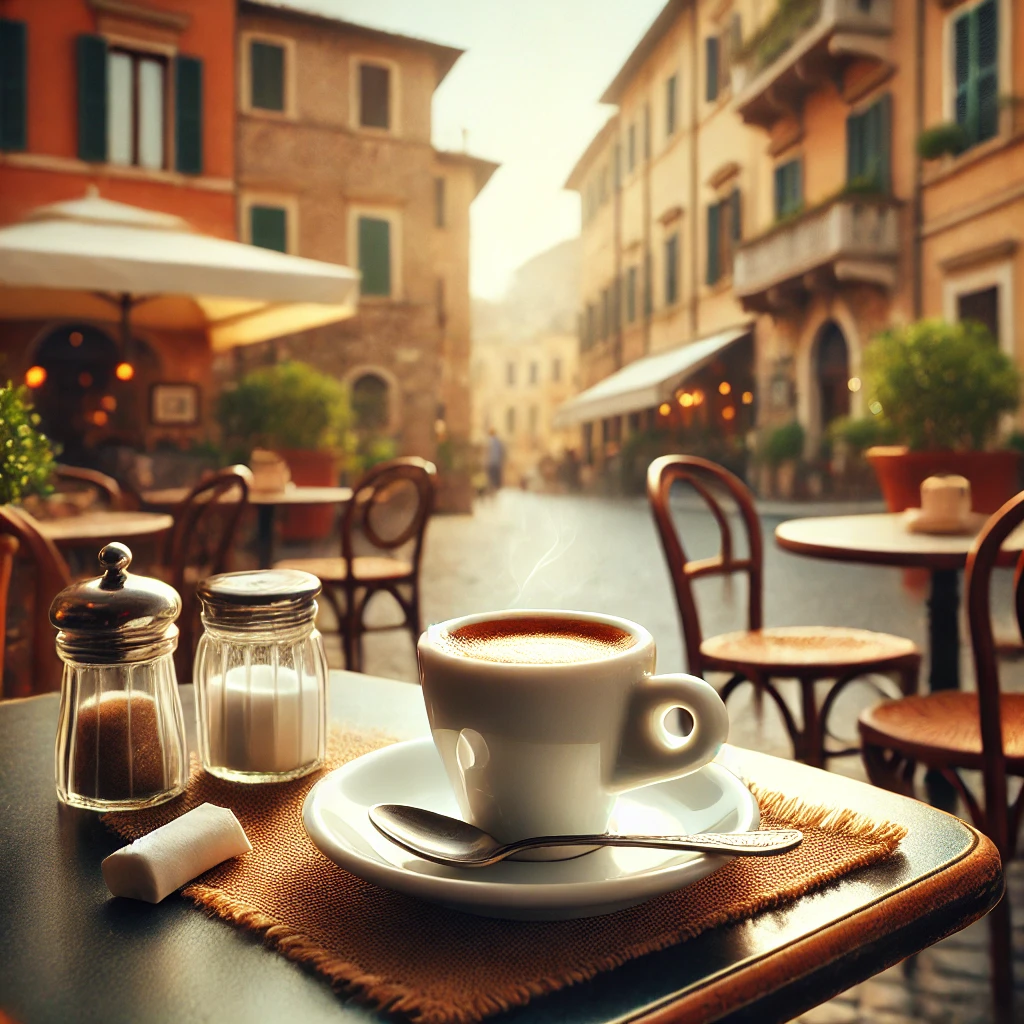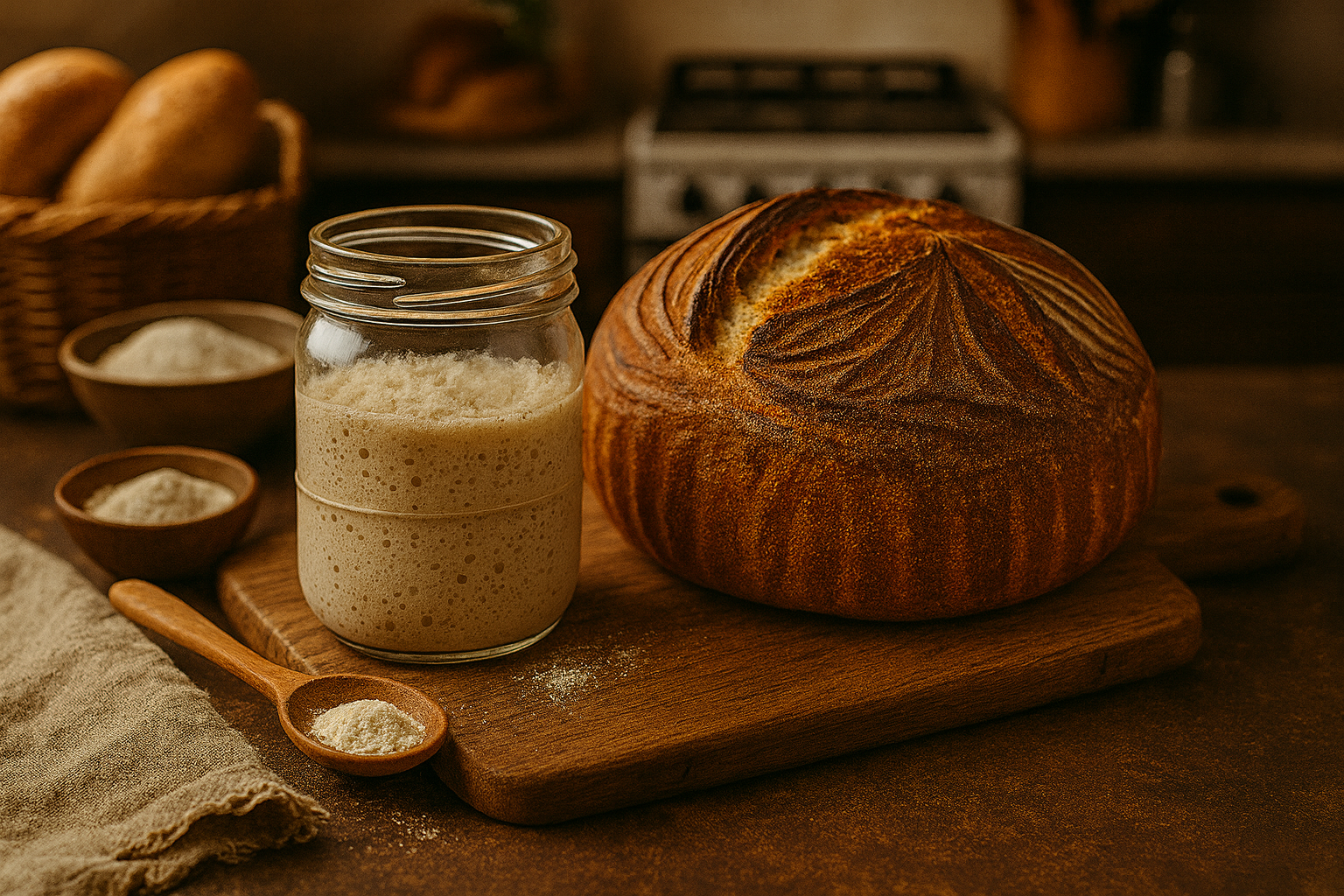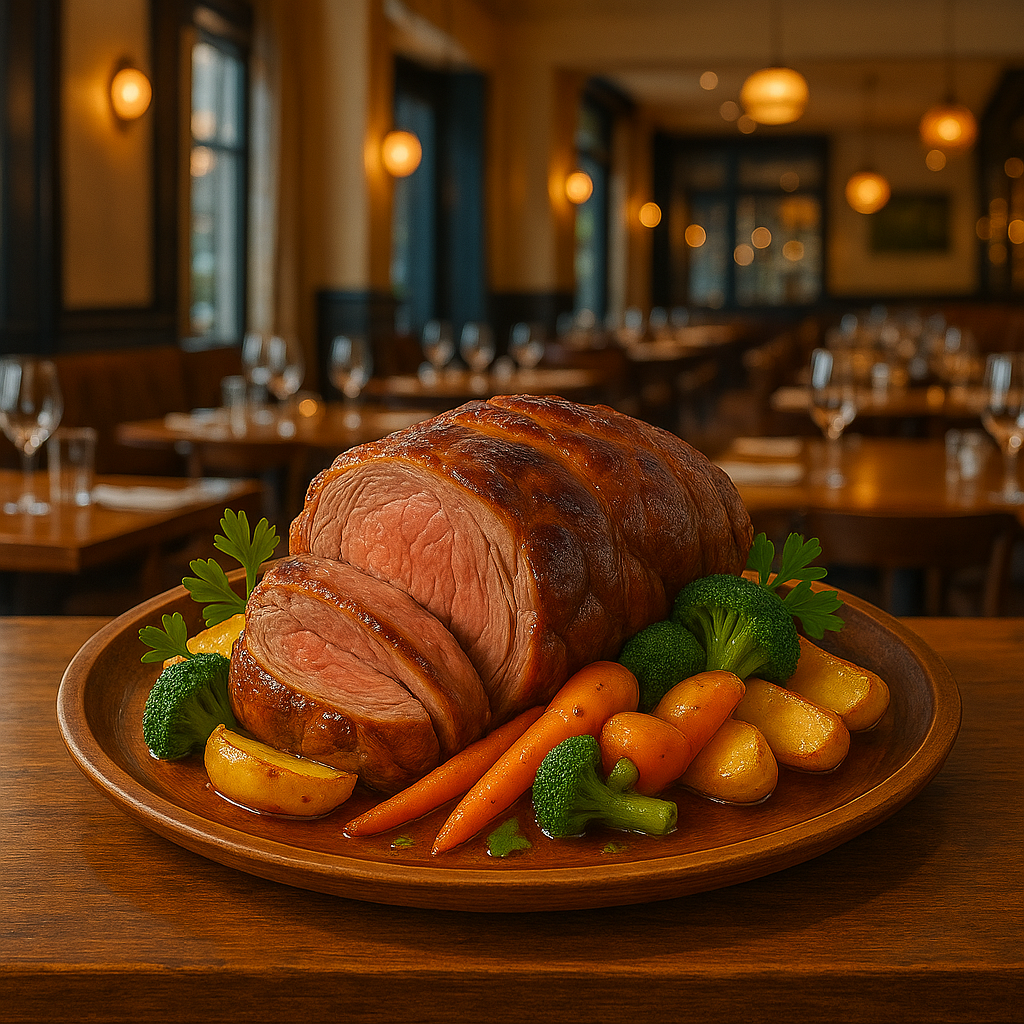Table of Contents
Introduction to Italian Coffee Culture
Coffee holds a significant place in Italian daily life, transcending its role as a mere beverage to embody a cultural ritual deeply woven into the fabric of social interactions. In Italy, coffee is not only a source of energy but also a medium for connection, conversation, and enjoyment. The Italian approach to coffee involves specific habits and traditions, reflecting a lifestyle that values simplicity and quality.
For many Italians, the day begins with a quick shot of espresso, often consumed standing at the bar, emphasizing the fast-paced yet convivial nature of Italian society. This morning ritual sets the tone for the day, signifying both caffeine as a necessity and the enjoyment of life’s small pleasures. The choice of coffee varies throughout the day, with cappuccino typically reserved for the morning and certain drinks like macchiato consumed later. This distinction is not simply about taste; it reflects a cultural understanding of when and how to enjoy coffee.
Moreover, the social aspect of coffee in Italy cannot be overlooked. Coffee shops, or “bar” as they are commonly referred to, serve as social hubs where friends gather not just to grab a quick drink but to engage in conversation and build relationships. The act of drinking coffee becomes a shared experience, fostering community and camaraderie among individuals from diverse backgrounds. Visitors to Italy often find themselves captivated by the ease with which locals converse over a cup of coffee, showcasing Italy’s unique coffee culture where tradition meets contemporary life.

As one delves deeper into the practices surrounding Italian coffee, one can appreciate not only the beverage’s role in daily routines but also its profound cultural implications. Understanding this culture is essential for anyone looking to truly experience Italy, as it opens a window into the heart of Italian life.
The Importance of Espresso
Espresso serves as the cornerstone of Italian coffee culture, deeply ingrained in the daily lives of Italians. This concentrated coffee drink is the foundation for a wide variety of beverages, from cappuccinos to macchiatos, making it essential for both casual coffee drinkers and aficionados alike. The preparation of a proper espresso requires attention to detail, including the quality of the beans, the grind size, and the brewing method. Typically, an espresso is brewed using finely ground coffee that is tamped down and brewed under high pressure, resulting in a rich, strong flavor profile.
In Italy, a high-quality espresso is characterized by several attributes. Aroma and crema, the golden frothy layer on top, are crucial indicators of a well-pulled shot. Moreover, the taste should be bold yet balanced, often accompanied by subtle notes unique to the blend. Many Italian coffee bars pride themselves on their meticulous brewing methods, which significantly vary by region, adding to the diverse coffee experience across the country. The whole process, from selecting premium coffee beans to the actual brewing, reflects the artistry and craftsmanship that define Italian espresso culture.
When it comes to consumption, there is a distinct espresso etiquette that Italains adhere to religiously. For instance, ordering an espresso standing at the counter is the norm, and enjoying it quickly is part of the ritual. Italians typically drink espresso in the morning or after meals; consuming it throughout the day is less common. Interestingly, milk-based drinks, like cappuccino, are generally reserved for the morning. Understanding these nuances is vital for anyone wishing to embrace authentic Italian coffee culture and appreciate espresso in its true form. Overall, espresso encapsulates the essence of Italian coffee, representing a timely tradition that continues to thrive.
Understanding the Italian Coffee Menu
To fully appreciate Italian coffee culture, it is essential to understand the various coffee drinks available in cafés throughout Italy. The cornerstone of this culture is espresso, a strong coffee brewed by forcing hot water through finely-ground coffee beans. An espresso is typically served in a small cup and enjoyed quickly. It is also the base for numerous other coffee beverages.
Another popular drink is the cappuccino, which consists of equal parts espresso, steamed milk, and milk froth. Traditionally, Italians drink cappuccinos only in the morning. When ordering, it is common to specify whether you would like your cappuccino “normale” (normal) or “decaffeinato” (decaffeinated). Additionally, it is important to note that Italians rarely add sugar to their cappuccinos, preferring to savor the complex flavors of the coffee and milk.
The macchiato is another staple on the Italian coffee menu. This drink features a shot of espresso topped with a dollop of foamed milk, lending it a slightly creamier texture than pure espresso. Variants include the “latte macchiato,” which has more milk than its counterpart and is layered rather than mixed. For those who enjoy a sweeter option, the caffè con panna offers espresso topped with whipped cream, a treat often indulgent for afternoon breaks.
Italians also enjoy the caffè corretto, which is essentially an espresso “corrected” with a splash of liquor, typically grappa or sambuca. This drink is often consumed after a meal. For those seeking a lighter alternative, the caffè americano offers a mix of espresso and hot water, achieving a milder flavor that resembles traditional brewed coffee.
When exploring the Italian coffee menu, knowing how to order these drinks properly is equally important. Familiarize yourself with the lingo and the customs, such as standing at the bar rather than sitting, to immerse yourself fully in the authentic experience.
When and How to Enjoy Coffee
In Italy, coffee is not merely a beverage; it embodies a significant aspect of daily life, dictating various customs and social interactions throughout the day. Understanding when and how to enjoy coffee is crucial for anyone looking to immerse themselves in Italian coffee culture. The Italian day is punctuated by specific coffee rituals, each reflecting the time of day and the context in which they are consumed.
Morning coffee in Italy typically begins with a “cappuccino” or a “caffè latte,” which is generally reserved for the early hours, often consumed before 11 AM. Italians see this time as an opportunity to savor a rich, frothy coffee that pairs beautifully with a pastry. It is common to see locals stopping by a coffee bar to enjoy their morning brew while standing at the counter, engaging in light conversation, or reading the newspaper. The idea is to energize and prepare for the day ahead.
As the day progresses into mid-morning, many Italians switch to a “caffè,” which is a more concentrated espresso shot. This strong brew can also be paired with a small biscuit. Notably, it is essential to avoid ordering cappuccino or milk-based coffees after 11 AM, as this practice is viewed as unsuitable. Instead, espresso serves as a quick pick-me-up that can be enjoyed while on the go or during a brief break at work.
In the afternoon, coffee consumption tends to taper off but often includes a “caffè corretto,” an espresso shot with a splash of liquor. This drink is typically enjoyed later in the day and emphasizes relaxation after a busy morning. Ultimately, embracing these customs can significantly enhance the experience of drinking coffee in Italy, making it a more complete and rewarding cultural immersion.
The Art of Coffee Drinking Rituals
Coffee drinking in Italy extends beyond simply consuming a beverage; it embodies a rich cultural ritual steeped in social interaction and tradition. Italian coffee culture values not only the quality of coffee but also the experience surrounding its consumption. Central to this experience is the customary practice of standing at the bar rather than sitting at a table. This behavior reflects a sense of community and immediacy, facilitating brief yet meaningful interactions among patrons and baristas alike.
In workplaces across Italy, coffee breaks are an essential part of daily routines. These pauses allow employees to disconnect from their tasks, recharge, and engage in conversations with colleagues. Such breaks are usually characterized by quick visits to local coffee bars, where espresso is enjoyed in a matter of minutes. This practice fosters camaraderie within the workplace, encouraging informal discussions that can lead to collaborative ideas and stronger team bonds. The emphasis on taking time for coffee reinforces the belief that communication, even in its simplest form, is integral to productivity.
The conversation culture surrounding coffee breaks further establishes the importance of social rituals in Italian coffee drinking. While enjoying a cup of espresso, it is common for individuals to exchange updates about their day, discuss current events, or share light-hearted banter. This shared experience plays a vital role in strengthening relationships, both personal and professional. Additionally, it reflects a broader societal inclination towards valuing human connections over the speed of modern life.
From standing at the bar to taking leisurely coffee breaks, the art of drinking coffee in Italy signifies an integral blend of pleasure, connection, and cultural identity. Through these rituals, Italians not only savor their beloved espresso but also cultivate community and foster relationships, enriching their daily lives.
Regional Variations in Coffee Preferences
The coffee culture in Italy is as diverse as the regions themselves, with each area exhibiting distinctive preferences and unique local drinks. From the creamy espresso of Naples to the frothy cappuccino of Milan, Italians have cultivated a rich tapestry of coffee traditions shaped by geography, climate, and history.
In Northern Italy, particularly in cities like Milan and Turin, coffee is often enjoyed with a touch of sophistication. Here, the cappuccino reigns supreme, typically consumed during breakfast, accompanied by a cornetto. The Piedmont region is also known for its “caffè corretto,” an espresso “corrected” with a splash of grappa or other spirits, reflecting the local penchant for flavorful infusions.
Traveling south to Rome, one finds a robust coffee culture where the classic “romano” is key. Romans prefer their coffee with a hint of lemon, which is believed to enhance the experience of drinking espresso. Additionally, the habit of standing at the bar for a quick coffee break embodies the fast-paced lifestyle of city dwellers.
In Naples, the birthplace of espresso, coffee is more than just a drink; it is a ritual. Neapolitans pride themselves on the perfect shot of espresso, typically served in small cups. It is customary to drink it quickly while standing at the bar, often followed by a glass of water to cleanse the palate. The atmosphere in local cafés is vibrant and lively, fostering a communal spirit among patrons.
Lastly, in the coastal regions such as Sicily, “caffè con panna” garnished with whipped cream is a popular treat, epitomizing the influence of Arab culture and ingredients. The sweet touch reflects the local preference for indulgent flavors in their coffee experience.
These regional variations illustrate how Italy’s rich history and distinct geographies shape its coffee culture, offering a glimpse into the heart of Italian life through the lens of coffee preferences and habits.
Common Mistakes Tourists Make
When visiting Italy, many tourists are eager to immerse themselves in the rich coffee culture that the country is renowned for. However, several common mistakes can hinder their ability to fully appreciate the Italian coffee experience. Being aware of these blunders can help visitors engage more respectfully and authentically with the local customs.
One prevalent mistake is ordering the wrong types of coffee at inappropriate times. In Italy, specific drinks are traditionally consumed at designated times. For instance, cappuccino is typically enjoyed only in the morning, and ordering one after breakfast can raise eyebrows among locals. Instead, opt for a simple espresso later in the day. Familiarizing oneself with these norms is essential for blending in with Italian coffee culture.
Another misstep is lingering in cafes for extended periods. While it might be customary in other countries to sit for hours over coffee, Italian cafes encourage a quick sip and a swift departure. Tourists should feel comfortable enjoying their drink while standing at the bar to properly respect these local habits. Leaving after a brief visit also allows room for others seeking the same experience.
Furthermore, many tourists erroneously expect free refills. Unlike in other parts of the world, coffee in Italy is served in small portions, and refills are generally not provided without an additional charge. Patrons should indulge in the rich flavors of a freshly brewed cup rather than relying on the concept of unlimited coffee.
Lastly, it is crucial to remember that coffee is often accompanied by a specific ritual in Italy. Instead of busying oneself with phones, it is advisable to appreciate the ambiance and engage with local companions, which enriches the overall experience. By avoiding these common pitfalls, tourists will find themselves better integrated into the Italian coffee culture, allowing for an authentic and enjoyable experience.
Tips for Making Authentic Italian Coffee at Home
To replicate the traditional Italian coffee experience at home, it is essential to select the right equipment and coffee beans, and to master specific brewing techniques. The foundation of authentic Italian coffee lies in the equipment used; the classic Moka pot is a staple in many Italian households. This stovetop espresso maker allows you to brew rich and strong coffee that closely resembles authentic espresso. Alternatively, an espresso machine can provide more versatility and control over the brewing process, resulting in a café-quality drink at home.
When it comes to coffee beans, quality is paramount. Opt for freshly roasted, high-quality Arabica beans sourced from reputable suppliers. Italian coffee blends often feature a darker roast, which accentuates the bold flavors and offers a pleasant bitterness. It is advisable to grind the beans just before brewing to capture the freshest flavors, utilizing a burr grinder for a uniform grind, ideally suited for espresso or Moka pot preparation.
The brewing technique significantly impacts the final drink. For espresso, preheat the machine and tamp the ground coffee evenly to ensure optimal extraction. With a Moka pot, fill the bottom chamber with water to just below the safety valve, add the coffee grounds, and assemble the pot tightly. Heat the pot gradually, and remove it from the heat once you hear the hissing sound. Allow it to rest for a moment before pouring. Additionally, Italians typically avoid drinking coffee after meals, as it is considered a digestive aid when consumed alone. Instead, enjoy a simple espresso or caffè lungo, appreciating each sip.
To enhance the authentic experience, consider pairing your coffee with traditional Italian pastries such as biscotti or cornetti. By following these tips and utilizing quality ingredients, you can enjoy a truly authentic taste of Italian coffee culture right in your home.
Conclusion: Embracing Italian Coffee Culture
Italian coffee culture is more than just a popular beverage; it is a profound experience that embodies tradition, social interaction, and a deep appreciation for quality. Throughout this blog post, we have explored various facets of how to enjoy coffee like an Italian, focusing on the significance of the rituals involved in coffee consumption, the types of coffee preferred, and the etiquettes surrounding this cherished beverage.
Firstly, understanding the traditional coffee drinks is essential. From the robust espresso to the creamy cappuccino, each coffee type holds its own place within the Italian coffee hierarchy. Embracing the practices of consuming these beverages at specific times and settings is crucial to experiencing the authenticity of Italian coffee culture. In Italy, coffee is often enjoyed standing at the bar, fostering a social atmosphere that enhances the enjoyment of the drink.

Moreover, the importance of quality cannot be overlooked. Italians prioritize using freshly ground beans, proper brewing methods, and well-crafted coffee machines. This dedication ensures that each cup is a culmination of skill and passion, resulting in flavors that are rich and satisfying. By selecting high-quality ingredients, coffee enthusiasts can replicate the delightful experience of sipping coffee in an Italian café.
Ultimately, embracing the Italian coffee culture involves more than simply replicating the methods; it requires a shift in mindset to appreciate the slower pace of life that accompanies each coffee moment. By adopting the Italian way of enjoying coffee, individuals can forge connections with friends and family, celebrate the art of conversation, and indulge in the rich sensory experiences that coffee offers.
In conclusion, immersing oneself in Italian coffee culture allows for a deeper appreciation of this beloved beverage. By understanding its nuances, rituals, and the significance of quality, one can truly savor the art of coffee consumption as Italians do. Whether in Italy or elsewhere, taking the time to enjoy a cup of coffee in this way can enrich both the drinker’s experience and their connection to culture.





